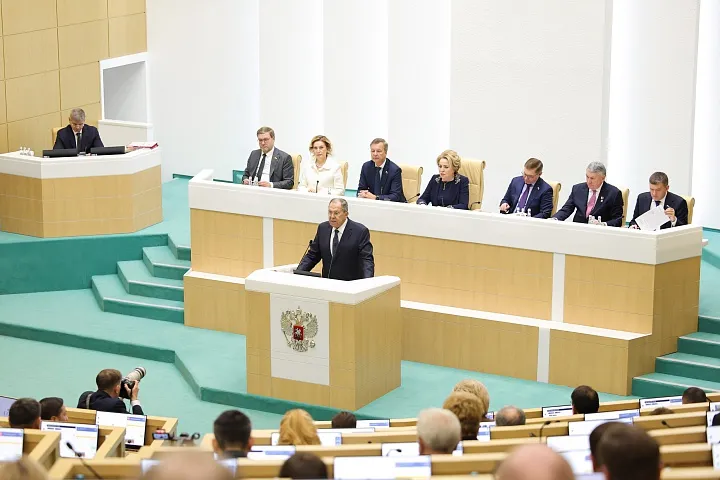Gold has risen in central bank reserves at the dollar’s expense, commented Mohamed El-Erian in an Oct. 21 column in Financial Times. El-Erian is the President of Queens College, Cambridge University, and economic advisor to Allianz (also, formerly, to its subsidiary, the huge bond fund PIMCO) and Gramercy. He tied the rise to “interest in exploring possible alternatives to the dollar-based payments system that has been at the core of the international architecture for some 80 years…. A growing number of countries are interested and increasingly involved.”
Further, he went through the unexpected and steady rise in the gold price by 40% (in dollars) over the past 12 months, while dollar interest rates have remained high. El-Erian cited the buying of gold by central banks of a number of major developing nations, including four BRICS leaders. “What has been happening to the gold price is not just unusual in terms of traditional economic and financial influences,” El-Erian wrote. “It also goes beyond strict geopolitical influences to capture a broader phenomenon which is building secular momentum.” He never calls it “BRICS.”
The quantitative picture is not explained in El-Erian’s column. The share of the dollar in central banks’ foreign exchange reserves has not changed, at just under 58%, since the sanctioning of Russia, and this is constantly rehearsed by financial columnists to say that, despite its extreme weaponization, nothing is remotely challenging the dollar’s dominant status as the world reserve currency. However, the share of gold in the world’s central banks’ roughly $18 trillion in reserve holdings (forex plus gold), has risen—approximately from 16% to 17% over 2022-23, and from 17% to 18% in 2024—at the expense of the dollar.
The worldwide increase in gold reserve holdings by central banks is apparently going to total nearly $300 billion from the sanctioning of Russia to the end of 2024, according to data from the World Gold Council. The five leading countries in this change are, in order of net purchases since early 2022: Russia, China, Türkiye, Poland, and India.




